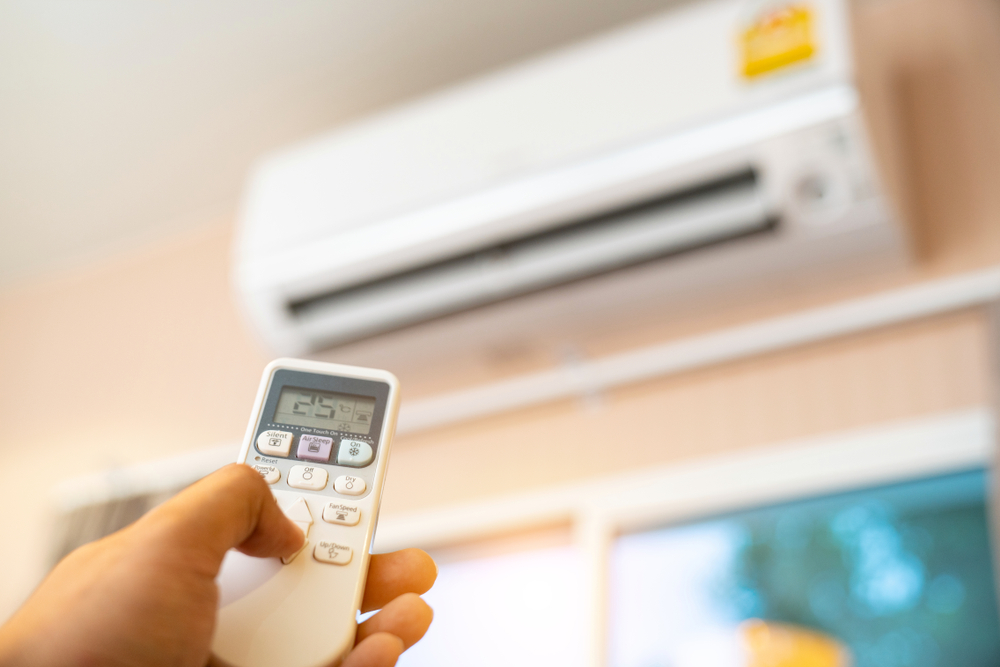Temperature control is a fundamental aspect of air conditioning (AC) systems, allowing us to maintain comfortable indoor environments. In this article, we will explore the basics of AC temperature control, including how it works and tips for optimal usage. Understanding these principles will help you maximize comfort and energy efficiency in your home. Understanding Thermostats : At the heart of AC temperature control is the thermostat, which acts as the control center for your cooling system. Thermostats allow you to set and adjust the desired temperature in your home. They monitor the ambient temperature and send signals to the AC unit to either activate or deactivate the cooling process. Modern thermostats come in various types, including traditional dial or button controls and programmable or smart thermostats that offer advanced features like scheduling and remote control via mobile devices. Setting the Desired Temperature : When setting the temperature on your thermostat, it’s essential to find the right balance between comfort and energy efficiency. The optimal temperature for most homes is typically between 72-78°F (22-25.5°C). However, personal preferences may vary, so choose a temperature that suits your comfort level while considering energy consumption. Optimizing Energy Efficiency : To maximize energy efficiency, consider the following tips for AC temperature control: 1. Use programmable or smart thermostats: These allow you to set temperature schedules based on your daily routine, reducing energy usage when you’re away. 2. Set higher temperatures when you’re not at home: Increase the temperature by a few degrees when you’re out to save energy. The AC will work less to maintain a comfortable temperature. 3. Utilize zoning systems: If your home has multiple cooling zones, you can set different temperatures for each area, providing personalized comfort while reducing overall energy consumption. 4. Take advantage of natural ventilation: Open windows and doors during cooler evenings or mornings to let in fresh air, reducing reliance on the AC system. 5. Use ceiling fans: Ceiling fans can enhance comfort by creating a wind-chill effect, allowing you to raise the thermostat setting while still feeling cool. Understanding AC temperature control is essential for optimizing comfort and energy efficiency in your home. By familiarizing yourself with thermostats, setting the desired temperature wisely, and implementing energy-saving practices, you can create a comfortable living space while minimizing energy consumption. Harness the power of temperature control to enjoy a cool and efficient indoor environment.
Understanding the Basics of AC Temperature Control
